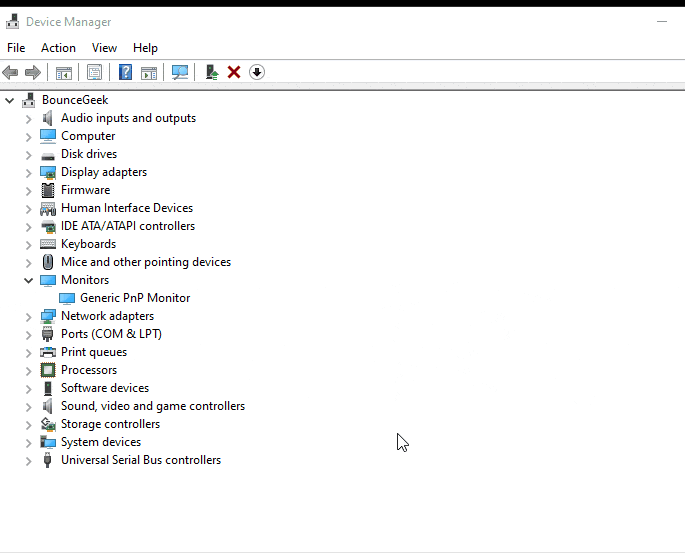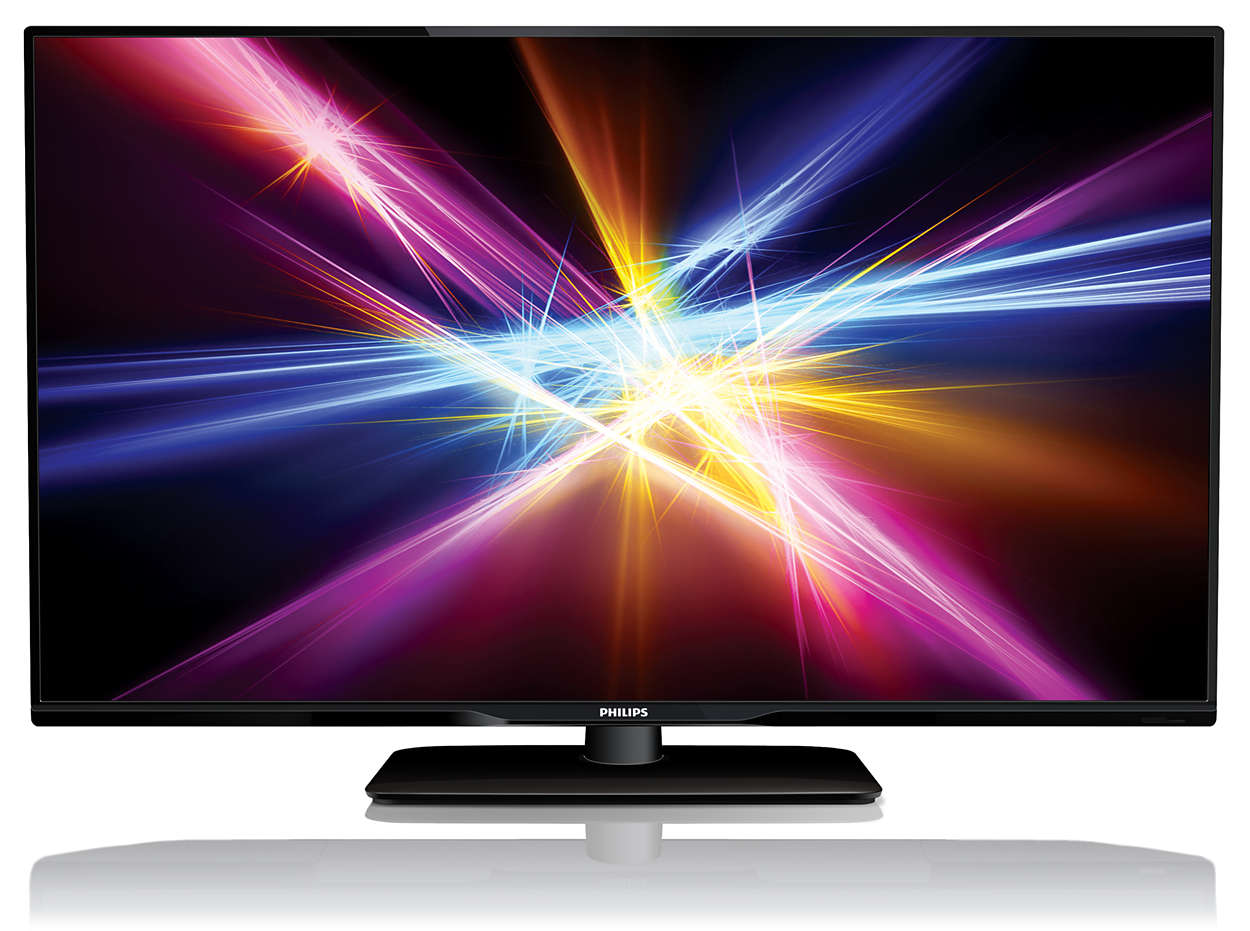- Generic Game Port Device free download - Advanced Port Scanner, USB Mass Storage Device, Unknown Device Identifier, and many more programs.
- For most devices, the Ports device setup class and the Serial function driver provide the functionality required to operate serial ports and COM ports. To install serial ports and COM ports using these system-supplied components, do the following: Provide an INF file that specifies the Ports device setup class and the Serial function driver as the service for the port.
Windows (before Windows 10) requires a driver information file to be loaded for the Eleven, EtherTen, EtherMega, LeoStick, Cube4, USBSerial and USBDroid so that it knows to treat them as Serial Port devices.
AMD Rolls Out Its First 2021 Graphics Driver - Get Radeon 21.1.1 Intel Adds Support for Iris Xe Max Graphics (DG1) - Get Version 27.20.100.9168 The New RTX 461.09 Graphics Driver Adds Support for NVIDIA’s A40 GPU.
Installing the driver file is a once only requirement, Windows will retain it for any future Freetronics products you connect.
Linux, Mac OS X, and Windows 10 do not require any driver installation: they will set up the device automatically. (See below for some notes about Windows 10.)
Generic Driver Update
Installation steps:
- Download the 'FreetronicsUSBDrivers_v2_2.zip' archive to your computer. Unzip the contents to a separate folder (you can do this by right-clicking the Zip File in Explorer and choosing 'Extract All'.) Make note of the directory where you've extracted the contents. (Windows XP users, if you have problems with version 2.x then version 1.3 is here.)
- Connect your Freetronics device to a USB port on your computer. On some Windows versions you will see a message pop up that installation failed, as Windows doesn't yet know about the new driver. If an installation wizard window opens, you can Cancel it.
- Next, we're going to open Device Manager.
- In Windows 7 or Vista, click on the Start Menu and type 'Device Manager', then press Enter.
- In Windows 8 or 8.1, press Win+X to show the 'Power User Menu', then click Device Manager.
- In older versions of Windows., select Run..., type in devmgmt.msc and press Enter.
(The devmgmt.msc above is the quick way, there are other ways to get to Device Manager via the Control Panel -> System, or right-click My Computer and select Properties -> Hardware -> Device Manager.)
- Look at the 'Other Devices' entry. Your Freetronics device will be listed there with a mark against it until we show Windows the driver file we downloaded.
- Right-click the entry, and choose 'Update Driver...'
- Next, choose 'Browse my computer for Driver Software'.
- Lastly, in the Browse window, navigate to the folder where you extracted the contents of the Zip file
- Follow the remaining prompts and Windows will install the driver.
- After installation is complete, you can delete the files you downloaded. Windows will reuse the installed driver information for any future Freetronics devices.
Updating:
If you already have a previous version of the driver, you can update by following the same steps shown above. You don't need to update if all your devices are already working properly.
Windows 10
On Windows 10, a driver should automatically be loaded the first time the USB device is connected. The process may take a minute or so. After installing, the device will appear under the 'Ports (COM & LPT)' section in Windows device manager. The label on the entry will be a generic 'USB Serial Device'.
If you'd like the device to have a more specific label in Device Manager, download the drivers as specified above and then right click the generic Serial Port and choose 'Update Driver...' to browse to the new driver directory. This doesn't change any functionality (the COM port works either way), only the label in Device Manager!
Eleven, EtherTen, USBDroid
These models are compatible with the Arduino Uno and are selected in the Arduino IDE as 'Arduino Uno' under 'Tools -> Board'. The serial port is chosen under 'Tools > Serial Port' in the Arduino IDE. You can find the Serial Port name by looking under the 'Ports' section in Device Manager.
EtherMega
This model is selected in the Arduino IDE as 'Arduino Mega 2560' under 'Tools -> Board'. The serial port is chosen under 'Tools > Serial Port' in the Arduino IDE. You can find the Serial Port name by looking under the 'Ports' section in Device Manager.
LeoStick and Cube4 Only
The LeoStick has some additional steps because it appears as two USB devices, one for the bootloader and a second device when a sketch is running. The Cube4 is the same, its underlying hardware is actually identical to a LeoStick V2.0 (both are Arduino Leonardo compatible.)
For either product you'll need to install the LeoStick board profile in the Arduino 1.0.x IDE, please see the LeoStick getting started guide for steps.
Once this is done you can select the board in the Arduino IDE as Tools > Board > Freetronics LeoStick (v1 or v2), and select the Tools > Serial Port that it appears at (you can find this in Device Manager.)
On Windows XP or Server 2003, when you start your first upload the computer may prompt you a second time for a new device driver. If it does this, you can just click through the prompts for a normal installation, no need to point to the zip file directory again. This is because the 'bootloader' (used to load sketches on the LeoStick/Cube4) has a different USB ID to the running sketch itself, so Windows sees it as a brand new device. This only happens once.
All Done

We hope you thoroughly enjoy your boards and many projects!
Driver Version History
- V2.2 - February 2015 - Update driver signing certificate (no need to update existing installed drivers).
- V2.1 - June 2014 - Fix bug with keyboard support on LeoStick/Cube (see below).
- V2.0 - March 2014 - First version with signed drivers.
Keyboard Support Not Working on LeoStick/Cube
There was a bug in versions of the Freetronics USB drivers before 2.1 where the LeoStick/Cube wasn't automatically configured as a 'Composite Device', so keyboard and mouse support didn't work. This requires a quick manual step to enable keyboard/mouse (this is required even if you've updated the driver):
- Open Device Manager (using the method mentioned above.)
- Under 'Ports', right click the entry corresponding to the LeoStick COM port and choose 'Update Driver...'
- Choose 'Browse my Computer for Driver Software'
- Click 'Let me pick from a list of device drivers on my computer...'
- In the pop up window that appears, there should be a list including the entry 'USB Composite Device'. Select that exact row, and click 'Next'
Your LeoStick or Cube should now work properly as a keyboard or mouse as well as a COM port.
For a Microsoft Windows 2000 version of this article, see
268852.
IN THIS TASK
Summary
This step-by-step article describes how to force Windows to use a standard VGA mode driver that is included with Windows. This procedure is useful in the following scenario.
If you install Windows on a computer that is using an unsupported video adapter, Windows Setup installs a standard VGA mode driver. However, after you install Windows, you obtain and install a Windows-compatible driver for your video adapter from an original equipment manufacturer (OEM).
In this scenario, the computer may have problems shutting down, or the computer may stop responding (hang). To troubleshoot this problem, you may want remove the new OEM drivers and revert to the standard VGA drivers to determine whether the OEM drivers cause the problem.
This article describes how to remove OEM video drivers and force Windows to use the standard VGA drivers that are included with Windows.
Windows Generic Usb Driver

Force Windows to Use the Standard VGA Mode Drivers Without Having to Use Safe Mode
When you install an OEM driver, the Windows installer program copies the OEM installation file (Oemsetup.inf) to the %Systemroot%Inf folder. Setup then renames the Oemsetup.inf file to Oemn.inf, where n is an incremental number for each OEM driver that is installed.
To identify the OEM video-specific Oemn.inf file, you can open each Oemn.inf file in Microsoft Notepad, and then compare it with the original Oemsetup.inf file. After you find a match, move that specific Oemn.inf and Oemn.pnf files to a different location, or rename the files with a different file name extension.
After you locate the matching .inf files, move the Oemn.inf and Oemn.pnf to a different folder.
In Device Manager, right-click your video adapter, and then click Uninstall to remove the video adapter.
Restart your computer.
After you log on, you receive a message stating that new hardware has been found and that it is a VGA compatible video controller. The Found New Hardware Wizard starts.Click Next.
Click Search for suitable driver, and then click Next.
Click to clear all of the search option check boxes, and then click Next.
Click Disable the device, and then click Finish.
After you finish steps 1 through 7, Windows uses the Vga.sys generic video driver. This is the same VGA driver that Windows uses in Safe mode.
If the computer becomes stable or shuts down in a typical manner while you are using the standard VGA driver, you may have to contact the OEM driver vendor to report the problems that you have when you use the OEM driver. You may also have to obtain and install a newer driver (if one is available) that resolves these problems.
To restore the OEM drivers, follow these steps:
Move the Oemn.inf and Oemn.pnf files back to the %Systemroot%Inf folder.
Use Device Manager to remove the VGA video adapter, and then restart the computer.
Windows Plug and Play locates the OEM video adapter and reinstalls the OEM drivers automatically.
NOTE: If you press F8, and then click Enable VGA Mode on the Windows Startup menu, Windows starts with a screen area of 640 by 480 pixels with low 8-bit color and may use an OEM video driver, not the standard VGA driver.
